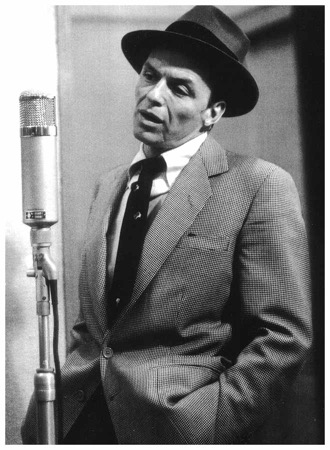

- © 2003 - 2025 Dynamix Productions, Inc. Contact Us 0



"Analog is more beautiful than digital, really, but we go for comfort."
Anton Corbijn
There's been a growing trend over the last several years to bring back the sound of classic analog gear, such as compressors and amps with vacuum tubes, ribbon microphones, and even reel-to-reel tape. Why would anybody want to take a step back when digital is the bomb? We're not rolling back the way we work, we're just rolling forward the best sounds. Digital audio has been trying to overcome the reputation of sounding cold and hard-edged for decades. Although it's now mature and established, we're finding that some processing is too precise and lacking in character. Older engineers know that analog gear lent a certain warmth that disappeared when digital took over. Younger engineers are discovering that some of these gems give them that edge they're looking for in their mixes. Let's look at how old school charm is finding new love.
Why take a step back? Is it nostalgia? Is the old sound really that good? Do the digital-born youngsters just think it's something cool? It may be a little of all of these. But the driving reason is that we need some "new blood," so to speak. We became so captivated with the promise of digital technology that we forgot how faithful analog had already been to us. As we made the transition from analog to digital, much of the analog gear got shelved and forgotten about because it didn't fit into the new workflow that digital brought.
In the earliest days of digital, the typical studio had digital tape recorders and primitive DAWs (digital audio workstations) that simply replaced reel-to-reel recorders. Most everything else - compressors, equalizers, and mixing consoles - remained in place. Sensing a DSP (digital signal processing) revolution around the corner, studios became reluctant to replace aging analog equipment. Then in the 1990s, the speedy Pentium processor came along and changed how computers processed audio. DAWs could do simple processing within the PC, but usually an audio clip at a time. Big dog DAWs like ProTools took all the audio processing out of the PC and put it in a box, or rack-mounted "engine," that had multiple processors for compression, equalization, and reverb on every channel. Twenty years ago, a full-blown 24-channel ProTools system could cost more than $25,000.
Around Y2K, CPUs were finally fast enough to run real-time processing on multiple channels within the PC. The software I use, Steinberg Nuendo, was a pioneer in reducing the cost of audio processing by eliminating external hardware processing. Users could scale audio processing to their budget via computer choice. Plugins (or daughter programs) that run inside the DAW program began hitting the market. Those vacuum tube compressors were now starting to collect dust.
Flash forward to the late 2000s, and we were dusting off that old gear and figuring out ways to use it in the digital chain. Using this old gear required a commitment however, because it had to be processed in real time. The software soundalikes didn't sound as good as the vintage stuff yet. We liked the warmth of the tubes, the way the old circuits smoothed out the sound, and the gentle melancholy hiss. We were tired of the cold, hard, exactness of digital. We missed the smoothness of a Frank Sinatra ballad or a Motown record.
This decade has brought incredibly fast CPUs, enabling software designers to model and emulate actual vintage analog gear. They can do this several ways, but the simplest is to run various audio signals through the device, analyze its reaction, and create software code that reacts the same way. So that classic UREI LA-2 compressor sound you covet can be had for a fraction of the price of a working vintage model. Is it really a UREI? No, but as computers have gotten faster and software more adept, they come very close. (By the way, I have a pair of UREI LA-4 compressors in my rack that sound amazing).
Most of the gear that's emulated are for channel operations like compression and equalization. Recording mediums like tape and vinyl are also being modeled. There are even microphone modeling programs – use a modern Neumann U-87, and make it sound like it was recorded on a 1960 RCA 77 ribbon mic. You get the idea. There's one thing that they can't emulate with software however. And that's making me sound like Frank Sinatra when I sing. Do be do be do.